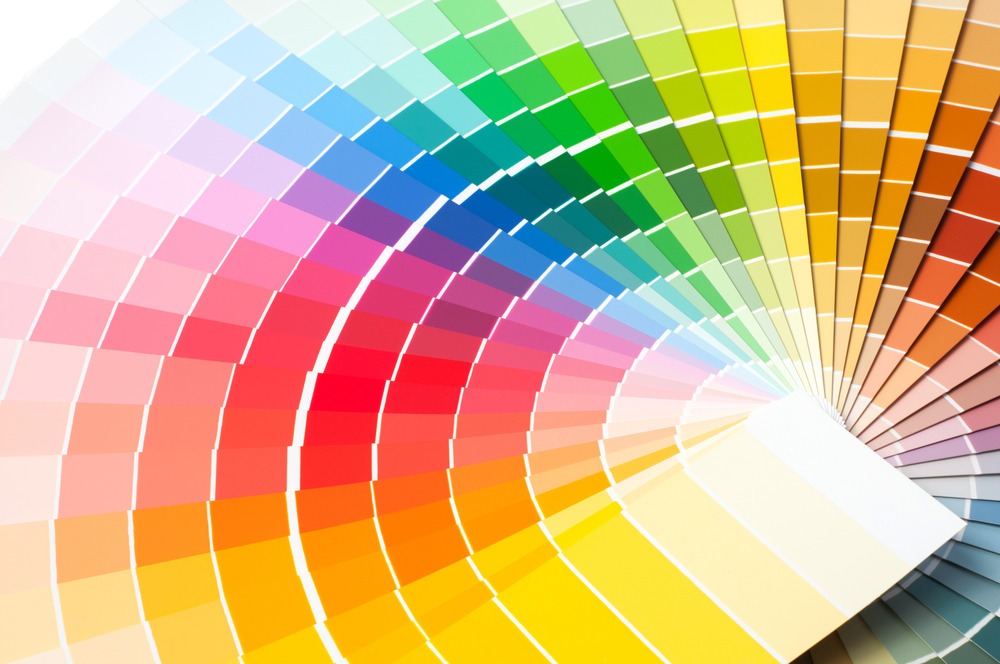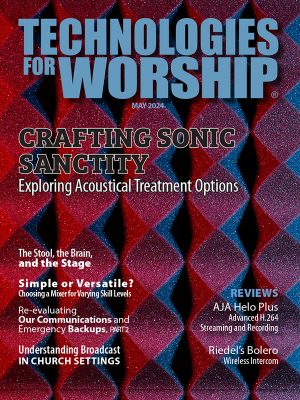
When selecting LED stage lighting for worship settings, it’s essential to consider factors that enhance the worship experience while meeting technical requirements and budget constraints. Here’s a top 10 list of what to look for:
1/Color Accuracy: LED fixtures with a high color rendering index (CRI) accurately reproduce colors, ensuring that worshippers appear natural on stage and that fabrics, props, and set decorations are displayed authentically. This enhances the visual appeal of the worship environment and contributes to a more immersive experience.
2/Dimming Capability: LED lights with smooth dimming capabilities allow for seamless transitions in brightness levels, enabling lighting designers to adjust the atmosphere according to the mood of the worship service. This flexibility is especially important for creating dramatic effects during performances or sermons and fostering a sense of intimacy during quieter moments.
3/Versatility: LED fixtures that offer versatile control options provide flexibility in adapting to different worship styles, themes, and stage configurations. Features such as color mixing, beam angle adjustment, and customizable lighting effects empower lighting designers to create dynamic and engaging visual presentations that complement the worship experience.
4/Energy Efficiency: LED stage lighting is inherently energy-efficient, consuming less power than traditional lighting sources such as incandescent or halogen fixtures. Choosing energy-efficient LED lights not only reduces electricity bills but also minimizes the environmental footprint of the worship space, aligning with sustainability goals and stewardship principles.
5/Durability: LED fixtures with robust construction and reliable components can withstand the demands of frequent use in a worship environment. Look for lights with sturdy housings, durable LEDs, and well-engineered cooling systems to ensure longevity and minimize the need for maintenance or replacement.
6/Noise Level: Some LED fixtures incorporate cooling fans to dissipate heat generated by the LEDs and electronics. However, noisy fans can be distracting during quiet moments of worship. Opt for fixtures with quiet fans or passive cooling systems to maintain a peaceful and unobtrusive atmosphere on stage.
7/Ease of Installation: LED lights that are easy to install and configure streamline the setup process for lighting technicians and volunteers. Look for fixtures with intuitive mounting options, user-friendly controls, and clear documentation to minimize installation time and ensure optimal placement and alignment on stage.
8/Compatibility: LED fixtures should be compatible with commonly used lighting control systems, such as DMX (Digital Multiplex) or wireless DMX protocols. This compatibility facilitates seamless integration into existing lighting setups and enables centralized control of lighting cues, presets, and effects for enhanced creativity and efficiency.
9/Reliability: Choose LED fixtures from reputable manufacturers known for their quality and reliability. Investing in reliable lighting products reduces the risk of technical issues or malfunctions during worship services, ensuring uninterrupted operation and peace of mind for lighting designers and production teams.
10/Budget Considerations: While LED stage lighting offers numerous benefits, it’s essential to consider budget constraints and evaluate the overall value proposition of different fixtures. Assess factors such as initial cost, ongoing maintenance expenses, energy savings, and projected lifespan to make informed decisions that align with the church’s financial resources and priorities.
By considering these factors, you can select LED stage lighting that enhances the worship experience, provides versatile lighting options, and meets the specific needs and preferences of your church’s stage environment.




